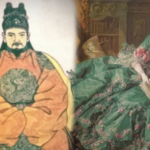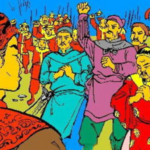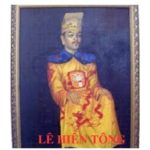Throughout the feudal dynasties of Vietnam from the 10th century to the end of the 19th century, there were many brave and decisive kings praised in historical books. One of them is King Lê Hiển Tông with a strange life, full of ups and downs, going from a prisoner to an emperor.
The most extraordinary accession to the throne in the history of King Lê Hiển Tông
In Vietnamese history, King Lê Hiển Tông had a life full of ups and downs, with unexpected events. While he was a prisoner, he suddenly became an emperor. Later, the king also had three sons-in-law who ascended the throne.
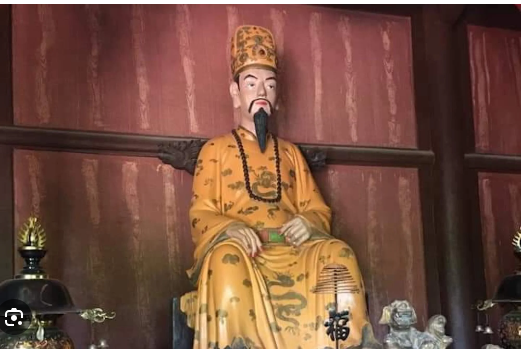
King Lê Hiển Tông (1717 – 1786) had the longest lifespan and reign period in the Late Lê Dynasty. His given name was Lê Duy Diêu, the eldest son of King Lê Thần Tông. During his lifetime, King Lê Hiển Tông held power for 46 years, living up to 69 years old.
According to historical records, King Lê Hiển Tông had the appearance of an emperor, with phoenix eyes and dragon beard. His life was not as calm as other kings, but on the contrary, he went through many hardships. Despite not being highly expected when ascending the throne, this king brought a prosperous and peaceful life to the people, therefore, he was highly respected.
“Hoàng Lê nhất thống chí” tells that in 1740, Trịnh Doanh became the lord and he imprisoned Prince Lê Duy Diêu at his younger cousin’s house because he was afraid of him. The night before, this younger cousin, Vũ Tất Thận, dreamt that a heavenly emperor came to his house with fluttering flags and fans. The next morning, when the soldiers came to take the prince away, he was shocked because it seemed like his dream had become a reality. Vũ Tất Thận shared this story with Lord Trịnh Doanh. Seeing that, the lord believed that Lê Duy Diêu was a person with great fortune, then welcomed him back as a king, naming him Cảnh Hưng.
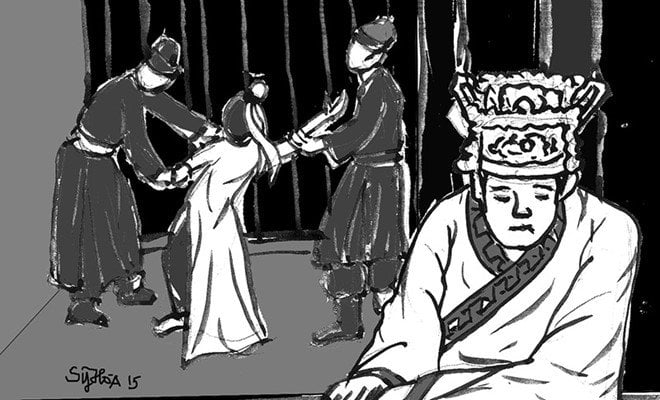
Besides that, Lê Hiển Tông also became famous for holding many records. During his reign, King Lê Hiển Tông issued 16 types of currency, becoming the king who issued the most types of currency among all other kings.
In addition to being the longest-lived ruler of the Late Lê Dynasty, he also became the King who opened the most examinations in Vietnamese history. During his 46-year reign, the court opened 16 examinations, with 131 doctors passed the examinations.
Furthermore, Lê Hiển Tông was also the ruler who enacted the first legal procedures in our country. In the Đinh Dậu year (1777), the Quốc triều khám tụng điều lệ was enacted, including provisions on lawsuits, jurisdiction of various levels, trial periods, arrest procedures, investigation, search… Previously, the procedural provisions were not yet specified separately but were still part of the content of the other laws.
Lê Hiển Tông had the most sons-in-law who became kings
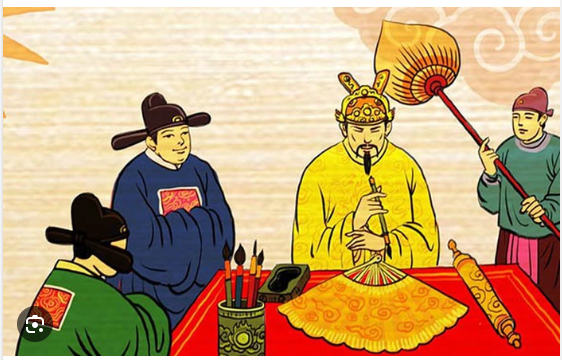
He had many daughters, among them Princess Ngọc Hân was married to Nguyễn Huệ (known as King Quang Trung, 1788 – 1792), and the youngest princess Ngọc Bình was married to Quang Toản (known as King Cảnh Thịnh, 1793 – 1802).
In the Nhâm Tuất year (1802), after defeating the Tây Sơn, Nguyễn Phúc Ánh ascended to the throne and took the title Gia Long (1802 – 1819). When he captured Phú Xuân, he was captivated by the beauty of Ngọc Bình, so he took her as a concubine. Thus, King Lê Hiển Tông had three sons-in-law who became kings, and interestingly, two of them were father and son: Nguyễn Huệ and Nguyễn Quang Toản.
























